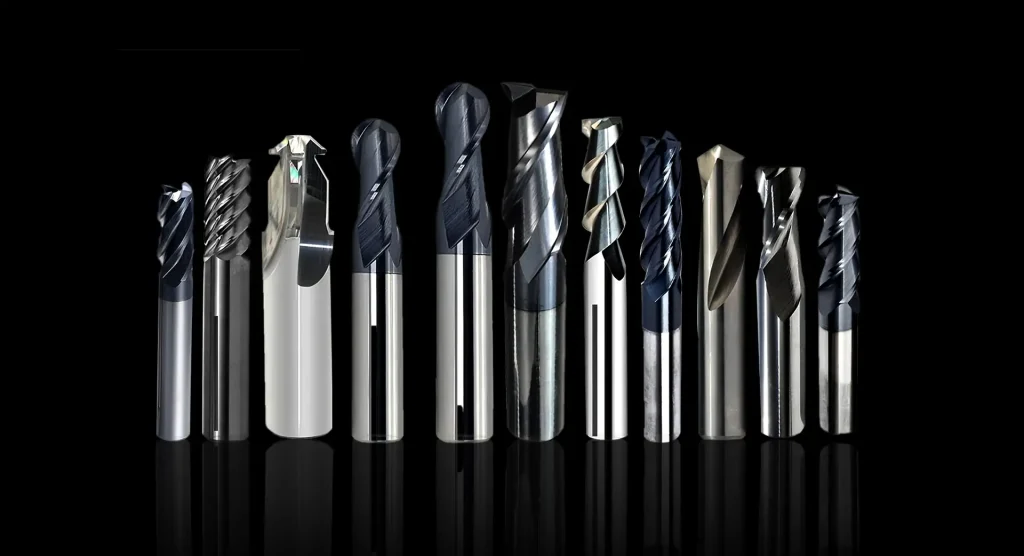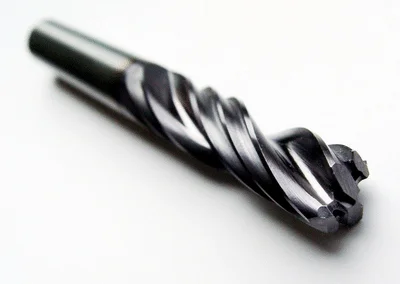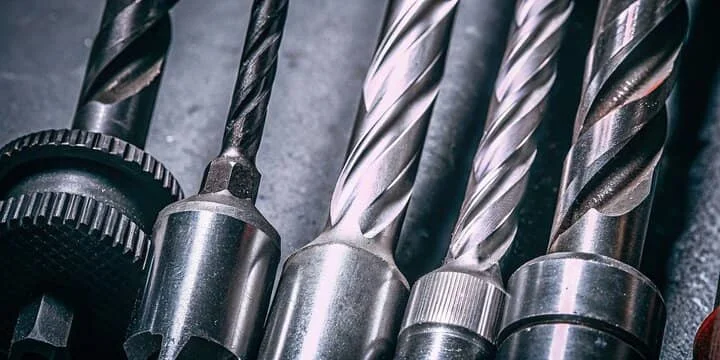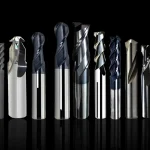Drill bits are essential tools in both woodworking and metalworking, and they come in various designs and sizes. One of the most common features you will notice in many drill bits is the presence of twisted grooves. But why do these grooves exist? In this article, we will explore the reasons behind the twisted grooves in drill bits and their role in efficient drilling.
The twist drill design is one of the most commonly used designs in drill bits. The twisted grooves, also known as flutes, are key to the performance and functionality of the drill bit. These grooves serve multiple purposes, making them an integral part of the drill bit’s design.
The Role of Twisted Grooves in Chip Removal
When you use a drill bit to bore a hole into a material, chips or shavings are produced. Efficient removal of these chips is crucial to prevent them from clogging the drill hole and to maintain drilling efficiency. The twisted grooves in drill bits serve as channels that help in the removal of these chips from the hole.
The spiral design of the grooves allows the chips to be guided up and out of the hole, reducing the risk of blockages. This chip removal in drilling is critical for maintaining the quality of the hole and ensuring that the drill bit does not overheat due to friction.
Enhancing Cutting Efficiency
The twisted grooves in a drill bit also play a significant role in enhancing cutting efficiency. The grooves help to reduce the friction between the drill bit and the material being drilled. This reduction in friction means that less force is needed to drill through the material, allowing for smoother and faster drilling.
Moreover, the design of the flutes contributes to the stability of the drill bit during operation. By directing the chips away from the cutting edge, the grooves help maintain a sharp and clean cutting surface, which is essential for efficient drilling.
Material and Features of High-Speed Steel Drill Bits
High-speed steel (HSS) drill bits are widely used due to their durability and ability to withstand high temperatures. The material composition of these drill bits allows them to maintain their hardness even at high speeds, making them ideal for drilling into metal and other tough materials.
Features of Twisted Drill Bits
Twisted drill bits, especially those made from high-speed steel, offer several features that enhance their performance:
- Heat Resistance: The twisted grooves help dissipate heat, preventing the drill bit from becoming too hot and losing its temper.
- Versatility: These drill bits are suitable for various materials, including metal, wood, and plastic.
- Precision: The spiral design allows for precise drilling, making them ideal for applications that require accuracy.
Variations in Drill Bit Sizes and Their Uses
Drill bits come in a wide range of sizes, each designed for specific tasks and materials. The size of the drill bit affects the diameter of the hole it creates, and selecting the right size is crucial for the success of your project.
Choosing the Right Size
When selecting a drill bit, consider the material you are working with and the size of the hole you need. For example, smaller drill bits are ideal for precision work in softer materials, while larger bits are better suited for making bigger holes in tougher materials.
It’s also important to match the drill bit size with the size of the screws or bolts you plan to use. Using the correct size ensures that the fasteners fit snugly and securely.
Conclusion
Twisted grooves in drill bits are more than just a design feature; they are crucial to the functionality and efficiency of the tool. From aiding in chip removal to enhancing cutting efficiency, these grooves play a vital role in ensuring smooth and effective drilling. Whether you’re using a high-speed steel drill bit for metal or a standard bit for wood, understanding the importance of twisted grooves can help you make informed choices about the tools you use.
By selecting the right drill bit size and type for your project, you can ensure that your drilling tasks are completed with precision and ease. The next time you pick up a drill bit, take a moment to appreciate the engineering behind those twisted grooves and the impact they have on your work.












